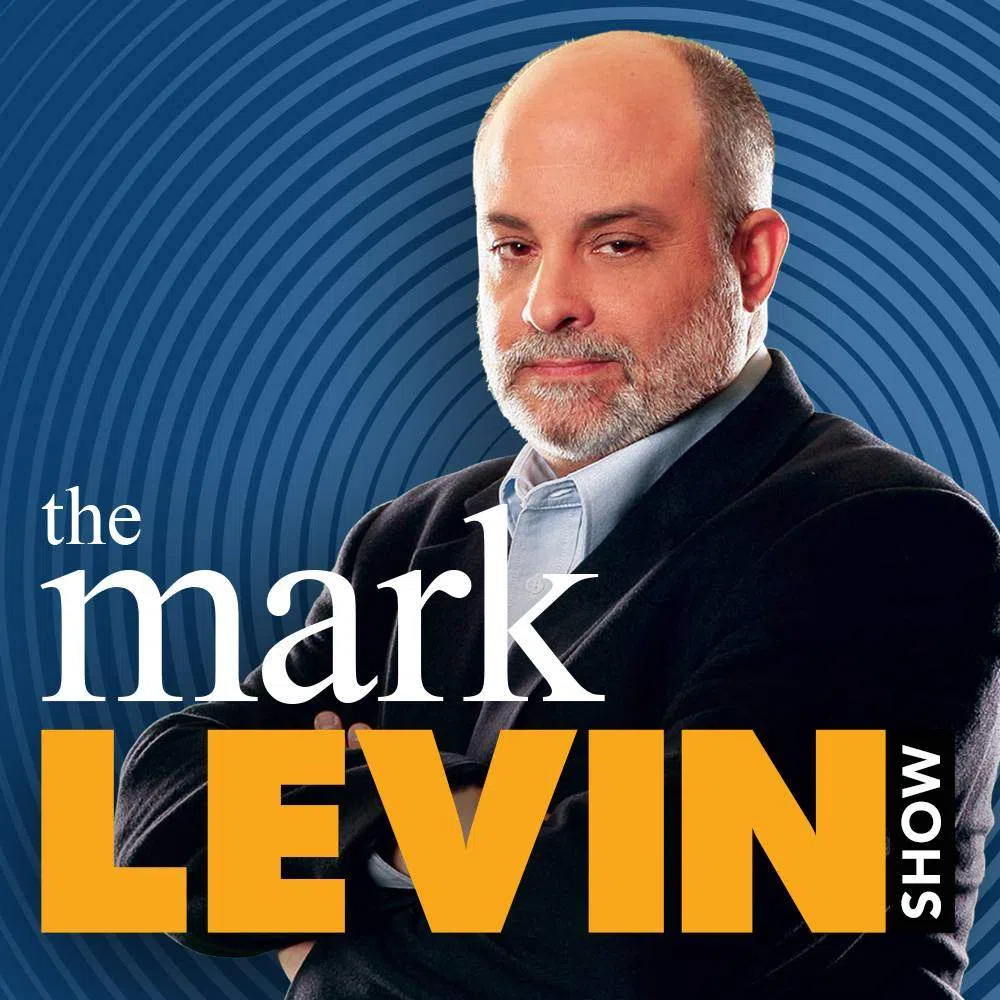“It is not enough to take this weapon out of the hands of the soldiers. It must be brought into the hands of those who will know how to strip its military casing and adapt it to the arts of peace.”
That was from President Dwight Eisenhower’s speech to the United Nations General Assembly, on Dec. 8, 1953.
Eisenhower’s famous “Atoms for Peace” speech would lay the foundation for the creation of the International Atomic Energy Agency (IAEA) in 1957.
The IAEA’s mission is to promote the peaceful use of nuclear energy, implement safeguards against the misuse of nuclear technology, and promote nuclear safety standards.
The IAEA also has its roots in the United Nations Atomic Energy Commission, which lasted only a few years.
Presently, the peaceful uses of nuclear technology the IAEA is focused on include energy, medicine, water security, and food safety.
In his address, Eisenhower saw the great, potential peaceful power of atomic energy when he spoke of applying it to the needs of agriculture and medicine and most notably, “to provide abundant electrical energy in the power-starved areas of the world.”
As the author of, “The New Terrorism: How To Fight It and Defeat It,” I call for a robust plan to increase nuclear energy production in the United States in order to starve radical Islamists of traditional sources of funding (i.e. excess petrol profits) and help ensure American energy independence.
I’m urging that we build a substantial number of new nuclear power plants, address bureaucratic problems that have long plagued the licensing process with the U.S. Nuclear Regulatory Commission, and support nuclear workforce development.
Another chief reason I’ve advocated for increased nuclear energy production in the United States is because of the projected increase in energy demands both domestically and aboard.
In fact, I note that the U.S. Energy Information Administration (EIA) has estimated that 85% of global energy demand from 2010 to 2040 will be generated from developing countries and that global energy consumption could increase 56% during this period.
Domestically, the EIA forecasts that American power consumption will reach record highs this year and next, resulting from many factors, including demand from data centers, cryptocurrency mining and industrial growth.
This past month, President Donald Trump signed several executive orders, “Reinvigorating the Nuclear Industrial Base,” “Reforming Nuclear Reactor Testing at the Department of Energy,” and “Ordering the Reform of the Nuclear Regulatory Commission with the Goal of Reestablishing the United States as the Global Leader in Nuclear Energy.”
President Trump’s executive orders focus on quadrupling U.S. nuclear energy capacity by 2050, reorganizing the Nuclear Regulatory Commission, speeding up licensing decisions, deployment of U.S. developed nuclear reactor technology abroad, and expanding the nuclear energy workforce.
One of the orders also recommends a “process for evaluating, prior to disposal, nuclear waste materials for isotopes of value to national security, or medical, industrial, and scientific sectors.”
After signing these executive orders, President Trump told members of the press that his administration would aim to build small modular reactors (SMRs).
President Trump’s focus on SMRs is welcomed news.
Earlier this year, President Trump’s Department of Energy put almost $1 BN behind pushing SMRs from design to reality and removed bureaucratic obstacles that had previously existed.
SMRs are a type of nuclear fission reactor built in a factory and then shipped to an installation site to power buildings or other commercial use, such as cover the power needs of a small rural community.
As the IAEA notes, they are “an option to fulfill the need for flexible power generation for wider range of uses and applications . . . [and] offer promise for remote regions with less developed infrastructures.”
Additive manufacturing also holds much promise for the future of SMRs.
In fact, Oak Ridge National Laboratory, (ORNL) is developing 3D printing technologies for the nuclear field.
Trump is also appointing and surrounding himself with the right team to greatly increase the United States’ nuclear capacity and reestablish our nation as the global leader in nuclear energy.
Both Ted Garrish (President Trump’s nominee to be the assistant secretary of energy for nuclear energy) and David Wright (Trump’s pick to chair the NRC) are seasoned pros who share the president’s vision and who have a keen understanding of the nuclear industry.
They also have proven track records of cutting through red tape and getting things done.
Under Trump’s leadership, President Eisenhower’s vision outlined in his “Atoms for Peace” speech is becoming a reality.
With the increased global energy use looming on the horizon, our 47th commander in chief is taking aggressive steps that will benefit both the United States and the world in years to come.
He’s right — we must expand the peaceful use of nuclear energy.
It’s a defining moment, and future generations will look back on as fulfilling President Eisenhower’s vision.
Van Hipp is Chairman of American Defense International, Inc. He’s the former deputy assistant secretary of the U.S. Army and author of “The New Terrorism: How to Fight It and Defeat It.” He is the 2018 recipient of the Queen Elizabeth II Sept. 11 Garden Leadership Award for National Security. Read Van Hipp’s Reports — More Here.
© 2025 Newsmax. All rights reserved.






